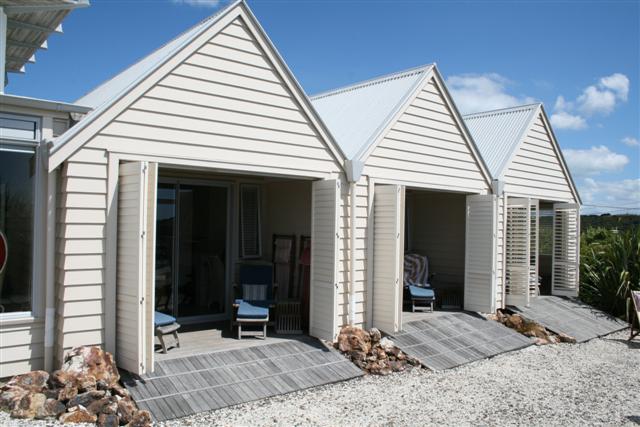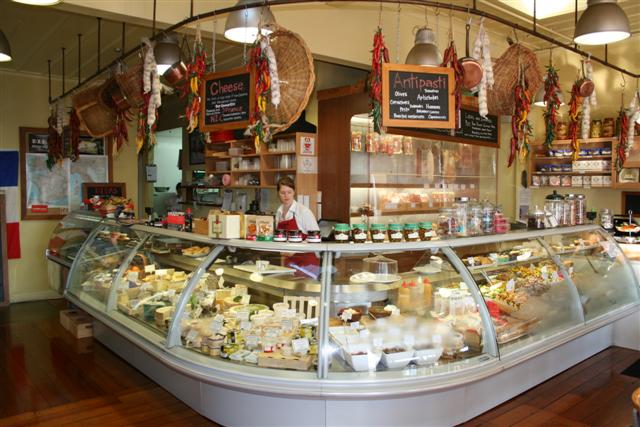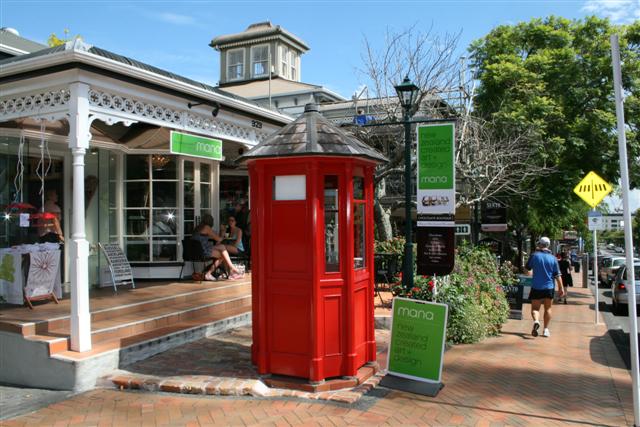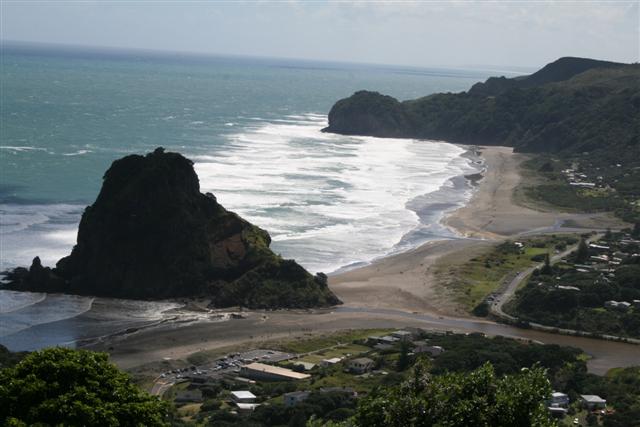Here are some facts about Auckland to kick things off.
The city has a population of 1.6 million and is home to more than 25% of New Zealand’s total population.
There are 360,000 Asian people living in Auckland. This is a similar population to the country’s 2nd largest city! Only 52% of the citizens are European.
In 2012, for the second time in three years, Auckland was voted ‘Australasia’s Top Destination’ at the World Travel Awards. The same year, it bet Copenhagen, Melbourne, Manchester, Glasgow and Dusseldorf to come second in the prestigious ‘Sports City Awards’ (behind London).
In 2011, the Mercer Quality of Living Survey ranked Auckland in 3rd place for quality of life after surveying 221 cities around the world.
Auckland is one of the fastest growing cities in Australasia.
It is the largest Polynesian city in the world.
I forgot to mention, Auckland has horrendous traffic issues!! Last year an extra 42,986 cars were added to the city’s struggling road network.
VOLCANO CITY
The city has a less publicized claim to fame. It sits on a volcanic field with an estimated 52 volcanic cones and craters dotted around the urban sprawl. The sides of the cones are grass covered as Maori disapprove of housing on their slopes. For this reason, the cones are easy to recognise, like green pimples on Auckland’s face! The majority of volcanoes are classed as dormant, not extinct. This classification means they could erupt again in the future. In fact just recently, new measures were taken to monitor underground movements. If the city’s stomach gets indigestion, it’s time to run for the hills. Authorities tell the locals they will have around 30 minutes once a rumble has been detected to flee an eruption.
Lake Pupuke is one of the larger crater lakes in the city and is located smack in the middle of the affluent North Shore suburb of Takapuna. Expensive properties line the shores of this deep, black water lake. It’s popular with rowers and kite surfers. I’ve heard stories of biting eels in the lake. I must say, I live close by and have never seen swimmers there even on the hottest summer’s day.
Attractive Rangitoto blew its top 600 years ago making it the area’s youngest volcano. It’s now the most recognised natural landmark in the North Island. Located in the centre of Waitemata Harbour this classically shaped volcano can be seen from most parts of the inner city. It’s popular for day trips. A few holiday huts cluster at the water’s edge but there are no permanent residents on the island. I must make an effort to visit this volcano as the views from there back towards the city look pretty spectacular from the videos I have seen taken there.
 Rangitoto Island (Ceidrik Heward)
Rangitoto Island (Ceidrik Heward)
MAN MADE LANDMARK
The other iconic city landmark is the man made Sky Tower. This is the tallest free standing structure in the Southern Hemisphere. It boasts a revolving restaurant and at 328 metres (over 1000 feet) tall, it has space for two viewing decks. However, what makes it a bit special is the ‘sky jump’ that can be experienced from its lofty height. This is a bungy jump in an urban setting and has become world famous for the thrill the 85kph, 192 metre fall offers. Have a look at this jump.
I’m too scared to try it but the sky walk offers another way to blow away the cobwebs. There is also a glass panel in the floor of the lower viewing deck. I have stood on it and didn’t find it scary but it was quite an experience to look straight down at the buildings directly below your feet.
APPRECIATING HISTORY
In the past, Auckland has not treated its old buildings with respect. In fact, it bulldozed most of them down during the 1960s and 70s in an attempt to modernize the city. Fortunately, people now realize how important architectural history is so many of the beautiful old buildings surviving are now mainly treated with kid gloves. The Ferry Building, Custom House and the Town Hall, are all wonderful examples of Victorian civic architecture and have become historic centerpieces in the CBD.
The Strand Arcade is another survivor from the early days but it has lost some of its allure as the exclusive little shops that once lined the attractive walkway, have been mainly replaced by cheap two dollar outlets. However, I used to work in a building opposite this pretty little arcade and often wandered through it to gaze up at the skywalks and impressive drop lanterns lining its length. The arcade is due for a facelift as the CBD undergoes the dramatic changes now taking place.
 Strand Arcade (Ceidrik Heward)
Strand Arcade (Ceidrik Heward)
BEACH CITY
Aucklanders have a choice of 64 beaches. The safer ones face the Pacific but the most famous is rugged Piha Beach on the west coast. It’s popular with surfers who love the challenge the brutal waves offer them. In fact, a popular TV series ‘Piha Rescue’ follows the lifeguards as they save swimmers caught in the rips of an angry Tasman Sea. I have always found Piha a rather depressing place with its jagged cliffs, black sand and violent surf. There is something about the atmosphere of the place that gives me the creeps. On the other hand, the beautiful Pacific beaches on the eastern side of the city are alluring places that never fail to attract me during the summer months. Takapuna, Mission Bay and Long Bay all draw crowds to their respective beaches year round.
ISLAND SUBURB
Waiheke is an island suburb in the Hauraki Gulf with 7000 living there. It is a thirty minute ferry ride from the CBD and up to the 1980s the island was a backwater and a haven for hippies. In the past decade, there have been phenomenal changes and Waiheke is now world famous for its wines with 17 vineyards located there. Luxury lodges and boutique hotels have recently opened on the island to exploit the unique atmosphere and stunning views. Despite the recent makeover, there is still plenty of dense native bush on the island. Walks connect some of the quiet bays dotting the shoreline and these are increasingly popular with day trippers from the city.
 The Boatshed Boutique Hotel (Ceidrik Heward)
The Boatshed Boutique Hotel (Ceidrik Heward)
URBAN CHIC
Ponsonby is Auckland’s Soho. This is the inner city suburb where cafes, restaurants, clubs and bars rub shoulders with designer shops. These offerings have attracted a large gay population so fashion is a byword. Many of the cafes have footpath (sidewalk) seating and even during the winter months, patrons use the outdoor seating with the
assistance of gas lamp heaters. Karangahape Road, usually called ‘K’ road, is a little tacky and is the centre of the red light district. It is home to a number of clubs and is a focus of the city’s nightlife. It can also be a bit dangerous in the early morning with club goers zombied out, many with aggressive behaviour brought on by the booze and drugs. I guess this is the case in any large city these days!
 Ponsonby delicatessen/cafe (Ceidrik Heward)
Ponsonby delicatessen/cafe (Ceidrik Heward)
The CBD is currently a construction site with 3 skyscrapers under construction along with a huge convention centre and a number of high rise apartment buildings. To add to the chaos, the waterfront is having a major re-development with new hotels and entertainment precincts being built. If all that wasn’t enough, an underground train system is also being tunneled under it all.
When I first moved to Auckland 20 years ago, Parnell was a popular area for shopping and dining. Since then it slipped into quiet retirement but in the past couple of years, it has been revitalized with new shops and a number of new apartment buildings to bring life back into the area. Quaint Parnell Village is once more becoming a bit of a tourist attraction. It was originally built with the rubble left after the destruction of old buildings back in the 70s. It is a good example of imaginative use of unwanted materials and is another indication that Auckland is finally embracing its heritage while it undergoes the dramatic changes currently underway as the city races towards its second millionth inhabitant. I have to say, it’s an exciting time to be living in New Zealand’s largest city with its ever expanding diversity in both people and activities.
 Parnell Village (Ceidrik Heward)
Parnell Village (Ceidrik Heward)
Ceidrik Heward
Ceidrik Heward is an Amazon TOP SELLING AUTHOR and has lived and worked in 7 countries working as a TV cameraman, director and film tutor. For the past 17 years he has focused on writing and has been published in magazines and newspapers in Europe, USA, Asia and the Middle East.
His interests include photography, psychology and metaphysics. He loves to read and always has at least 3 books on the go. He has written 22 manuals/books and has just completed his 4th short novel. Ceidrik believes sharing information and stories is the best way to stimulate the imagination and enrich our lives.
























 Visit Today : 425
Visit Today : 425 Total Visit : 1072366
Total Visit : 1072366
Speak Your Mind